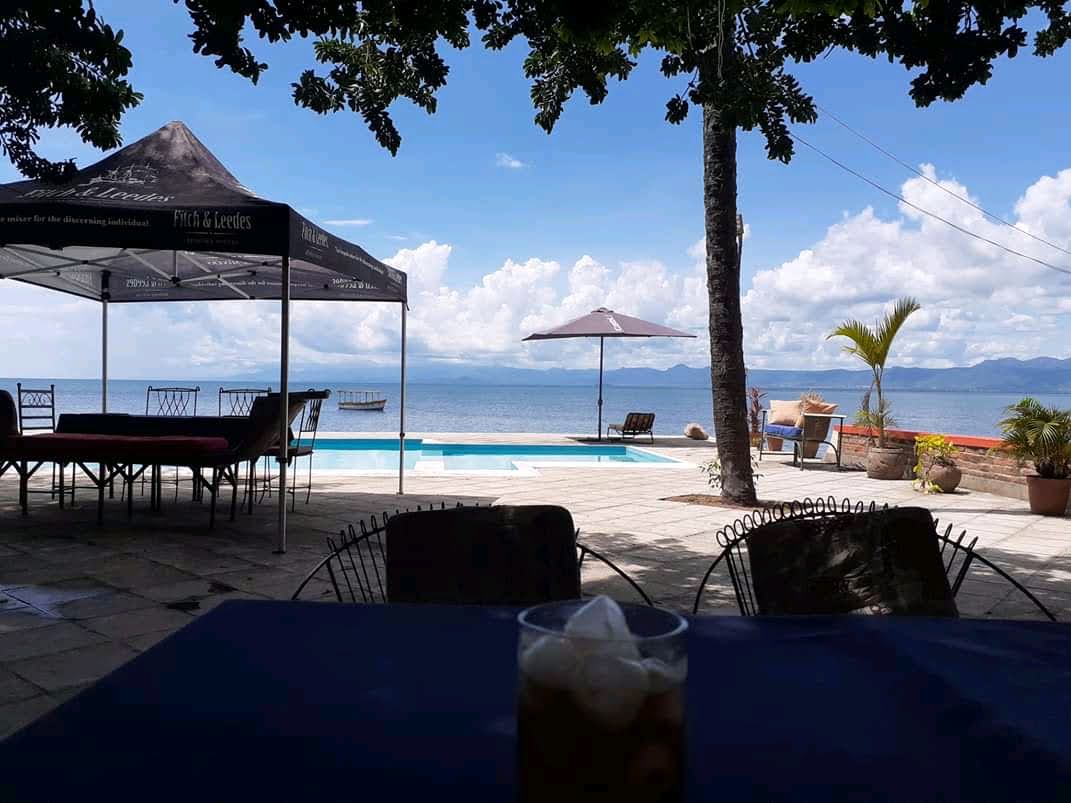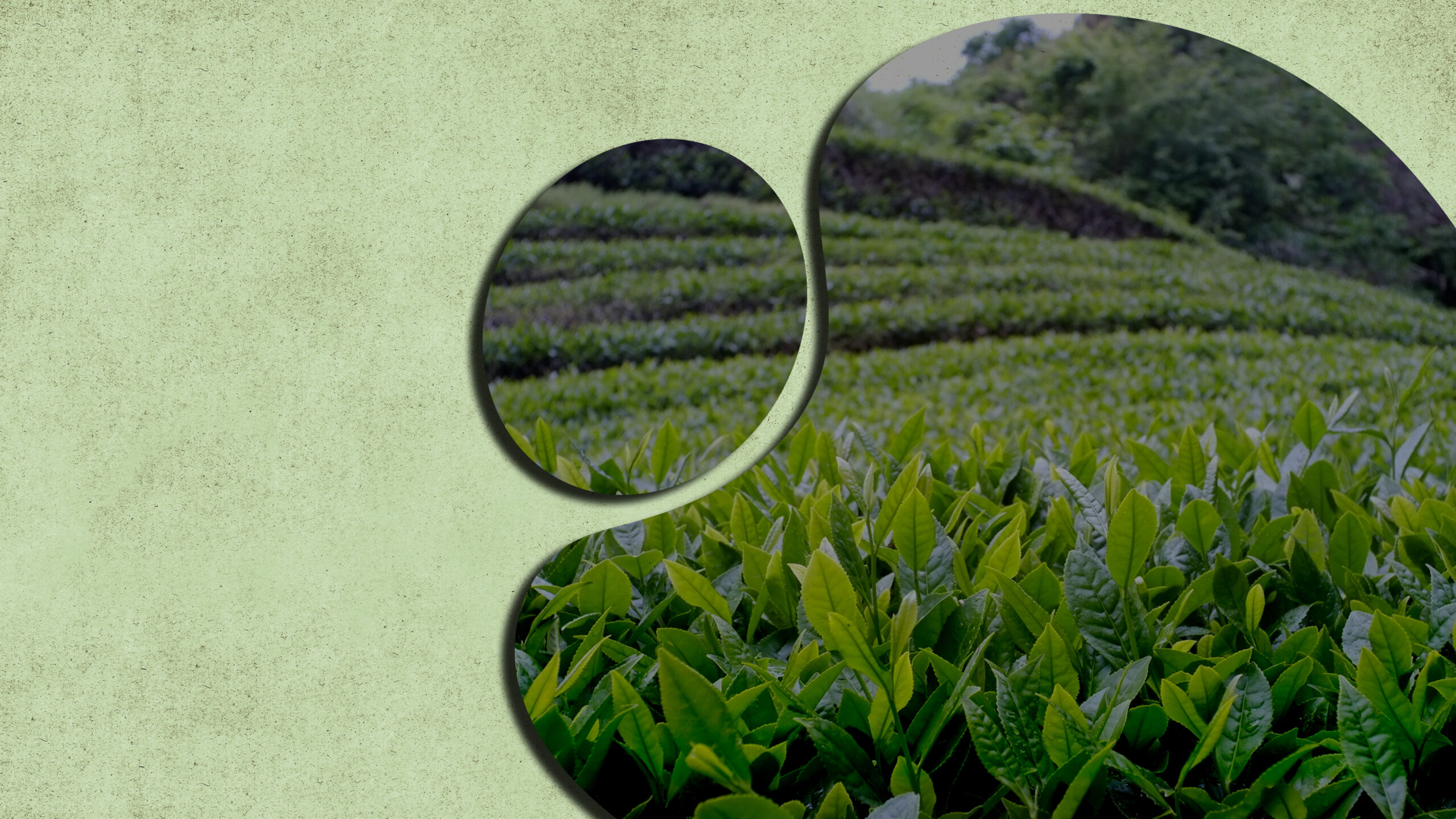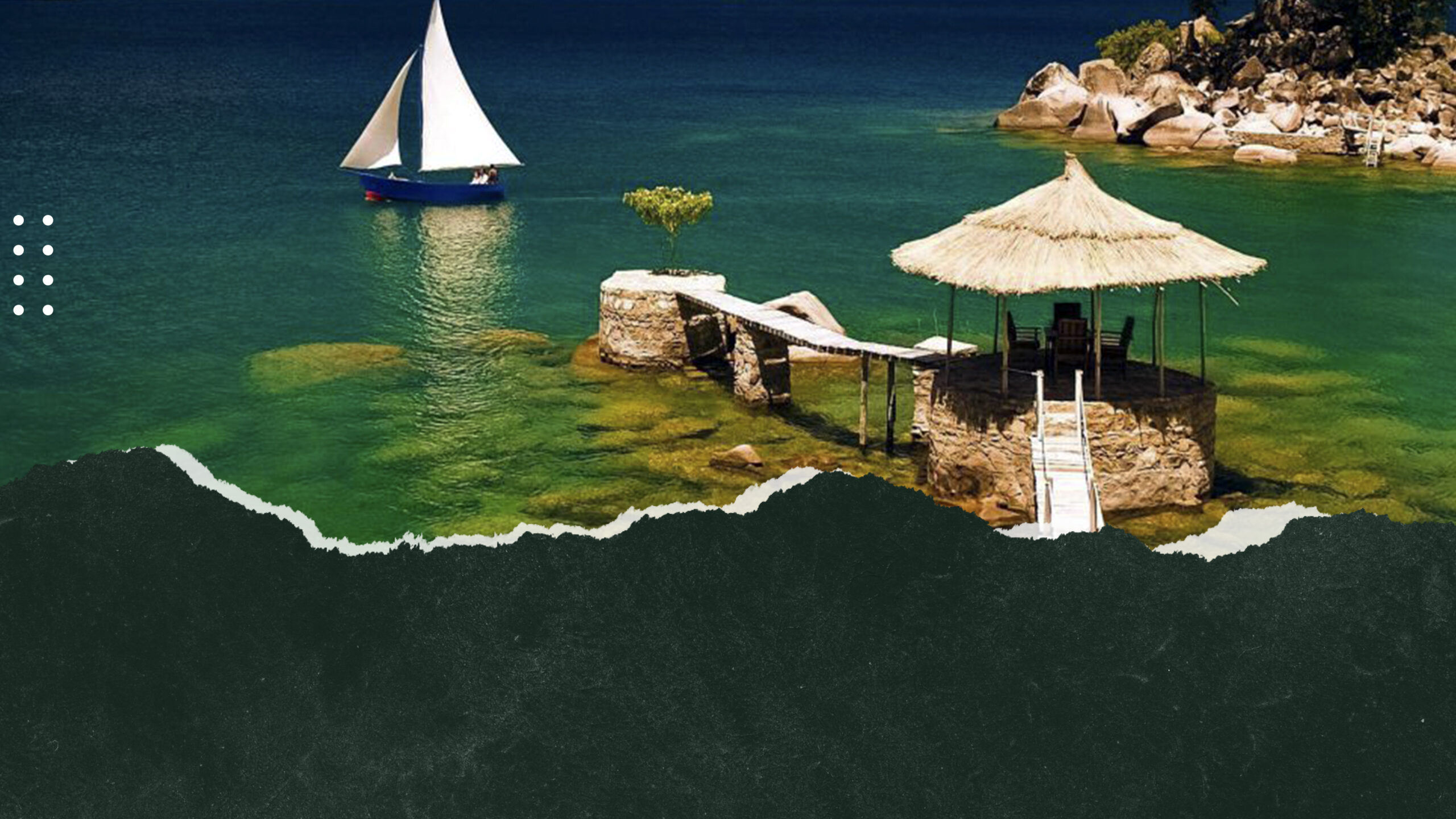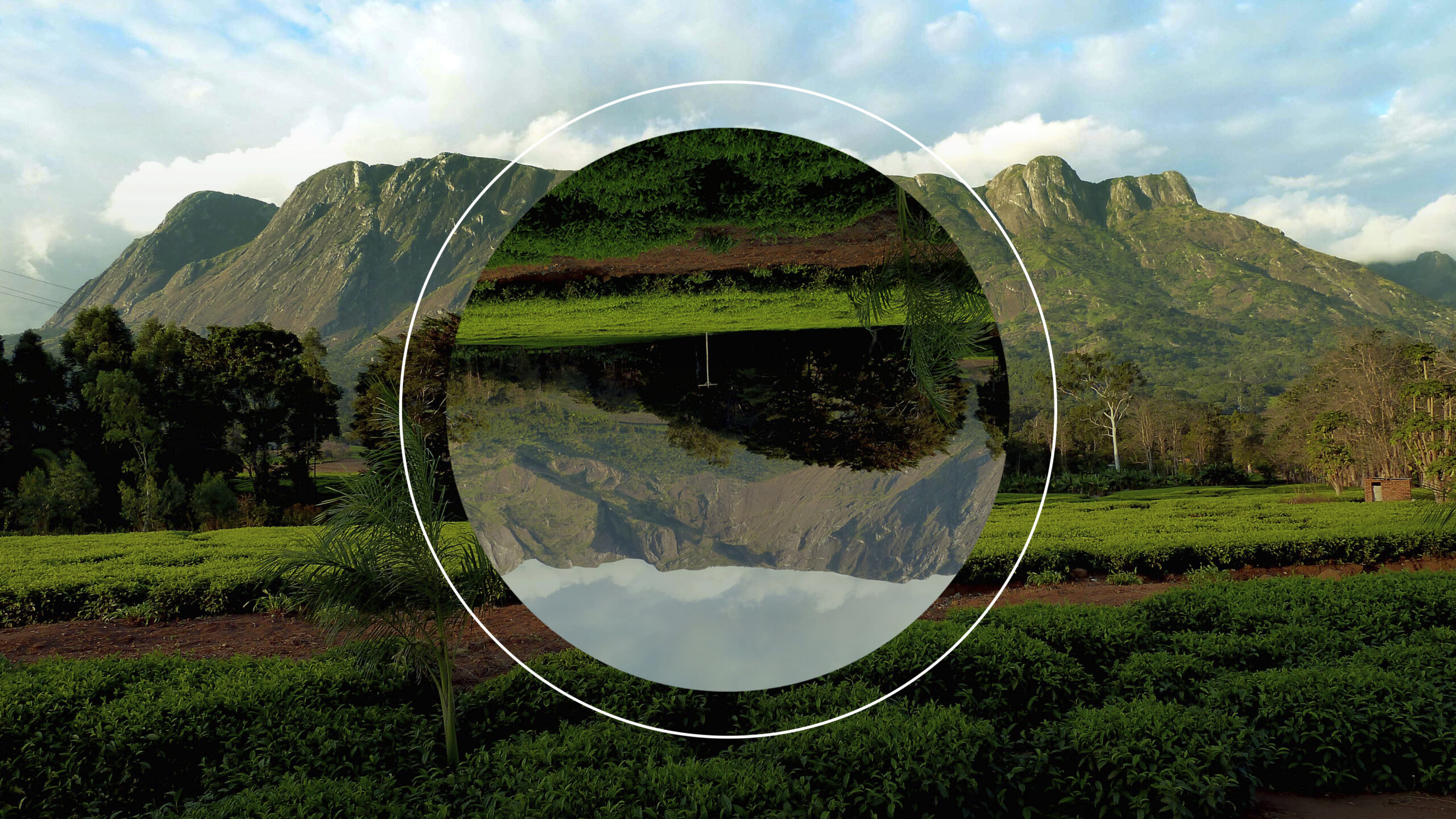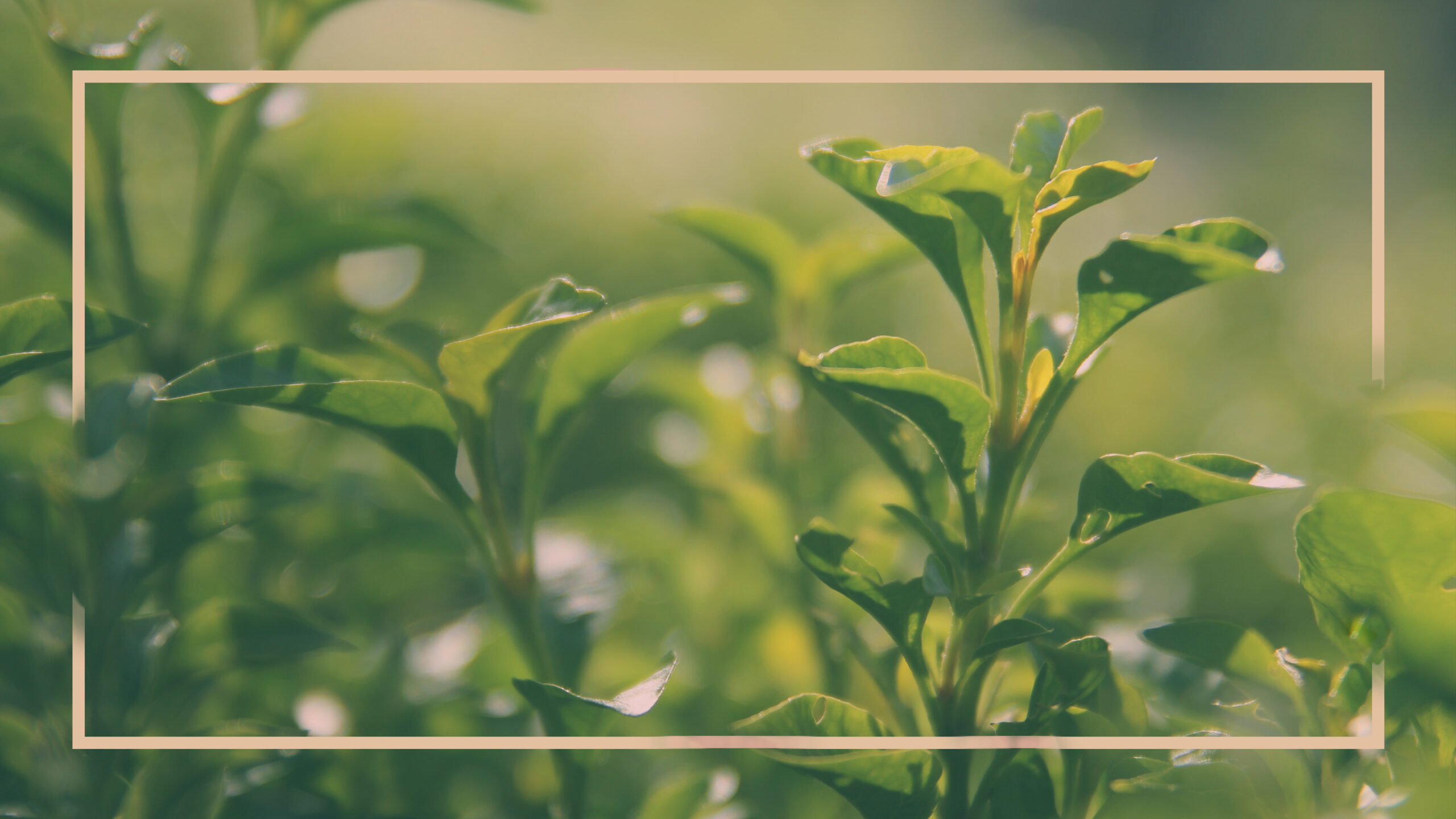SEE & DO - CHONGONI ROCK ART
The rock art of Chongoni falls into two district schools. The more ancient of these comprises schematic paintings executed in red oxide pigments and usually associated with large boulders and shelters suitable for habitation. These red schematic paintings are attributed to the Akafula hunter-gatherers who lived here for atleast two millennia prior to the arrival of the Bantu-speaking precursors of the Chewa about 500 years ago. The Akafula were related to the Pygmoid people known elsewhere in Africa as Batwa and Bushmen, and their slight build and short stature is alluded to in the Chewa nickname Mwandionera Pati (literally ‘Where did you first see me?). Akafula men, evidently sensitive about their height, habitually directed this question at a taller by-passer, and if the interrogator felt that the answer implied he was too short to be seen from a distance, he would fire a poison arrow at the insulter.

The red oxide paint used by the Akafula was similar to that employed by the renowned Bushmen artists whose work adorns the uKhahlamba-Drakensberg and many other rock art sites south of the Zambezi. However where the more prolific southern rock art mostly comprises naturalistic images of animals, people and mythic creatures, the panels at Chongoni are dominated by schematic geometric designs and patterns. The precise intent behind these abstract images died out with its creators, but it’s likely that they represent climatic and celestial paintings are less engaging to the uninitiated than their more naturalistic southern counterparts but Chongoni is probably the largest cluster in this style anywhere in Africa.
The more modern school comprises the so-called late white paintings, which are less finely executed and more naturalistic than the red schematics they frequently overlay. The late whites typically depict animals or zoomorphic figures, often in a spreadeagled pose. Reptiles are strongly favoured, and while many figures quite clearly show a real animal, others are more fantastic and presumably represent a legendary creature. Painted in clay, the late whites are associated with the agriculturalist Chewa, and they form part of a living tradition insofar as the most recent ones date to the early 20th century and the sites are still used by the local Chewa for initiation and rainmaking rituals.
Despite the contrast in style, the red schematic and late white paintings evidently form a cultural continuum. The Chewa lived alongside the Akafula until the mid 19th century, and openly admit to having learned their rainmaking traditions from the skilful hunter-gatherers who they eventually displaced entirely. The Chewa rainmakers lived around Chongoni are mostly women, and many of the zoomorphic paintings are secret symbols linked to female initiation ceremonies. The more anthropomorphic figures observed in some shelters are masked characters associated with the clandestine nyau (Gule Wamkulu) society of masked funeral dancers, which went underground during the 19th and early 20th centuries in response to the incursion of the Ngoni invaders, Christian missions and colonial government. Indeed, masked figures similar to those seen in the rock paintings still dance in traditional ceremonies around Chongoni today, creating a dynamic link between the rock art of Chongoni and the dancing performances given by the cultural tourism programme at the bordering village of Mpalale. The sense of continuity played a large role in the inscription of Chongoni as a UNESCO World Heritage Site, as noted in the committee’s document of nomination in 2006.
Briggs, P. (2010).Chongoni Rock Art Area. In: Briggs, P Malawi. 5th ed. Connecticut: Bradt. p124 – 125.

